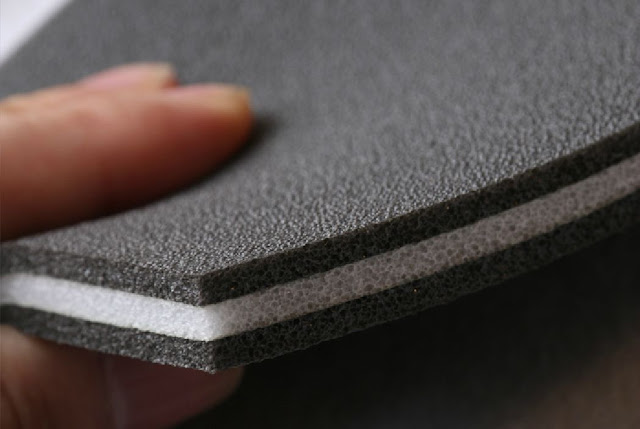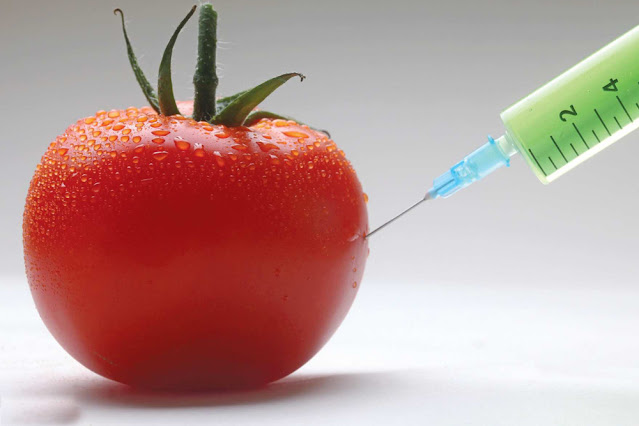Exploring the Global Acoustic Insulation Market
 |
| Global Acoustic Insulation Market |
The Global Acoustic Insulation Market refers to the industry
segment focused on materials and solutions designed to reduce noise and sound
transmission in various applications. Acoustic insulation is used in buildings,
vehicles, industrial equipment, and other structures to create quieter and more
comfortable environments.
Global acoustic insulation market is estimated to be valued
at USD 16.7 Bn in 2024 and
is expected to reach USD 22.12 Bn by 2031, exhibiting a compound annual growth rate (CAGR)
of 4.1% from 2024 to 2031.
The Global Acoustic Insulation Market encompasses a wide
range of materials, including fiberglass, mineral wool, foam plastics, and
acoustic panels. These materials are used to control sound levels by absorbing,
blocking, or damping sound waves. The market caters to diverse sectors such as
construction, transportation, manufacturing, and entertainment, addressing the
need for noise reduction and acoustic comfort.
Key Players
in the Global Acoustic Insulation Market
Several key players drive innovation and market growth in the
Global
Acoustic Insulation Market. These include companies such as Owens Corning,
Saint-Gobain, Knauf Insulation, Rockwool International, and Johns Manville.
These companies offer a variety of acoustic insulation products and solutions,
catering to residential, commercial, and industrial applications worldwide.
Market
Drivers for the Global Acoustic Insulation Market
The Global Acoustic Insulation Market is driven by several
factors, including increasing urbanization, stringent noise regulations,
growing awareness of noise pollution's health impacts, and the need for
energy-efficient solutions. In the construction sector, acoustic insulation is
essential for achieving building code requirements, improving occupant comfort,
and enhancing property value. In transportation, including automotive and
aerospace industries, acoustic insulation contributes to vehicle noise
reduction and passenger comfort.
PEST
Analysis of the Global Acoustic Insulation Market
Political
Factors: Government regulations and policies regarding noise
control, building codes, environmental standards, and energy efficiency impact
the Global Acoustic Insulation Market. Supportive regulations promoting
sustainable construction practices and energy conservation drive market growth.
Economic
Factors: Economic conditions, construction activity, infrastructure
development, and consumer spending influence the demand for acoustic insulation
products. Economic downturns or fluctuations in construction trends can affect
market dynamics.
Social
Factors: Increasing awareness of noise pollution's effects on health
and well-being, as well as the growing preference for quieter living and
working spaces, drive demand for acoustic insulation solutions. Changing
lifestyles and urbanization trends also impact market growth.
Technological
Factors: Technological advancements in acoustic materials,
manufacturing processes, and installation techniques drive innovation in the
Global Acoustic Insulation Market. The development of sustainable and
high-performance insulation products enhances market competitiveness and customer
satisfaction.
SWOT
Analysis of the Global Acoustic Insulation Market
Strengths: The
Global Acoustic Insulation Market benefits from the growing demand for noise
control solutions in various industries and applications. Innovative product developments,
such as eco-friendly materials and advanced installation methods, strengthen
market competitiveness.
Weaknesses: Challenges
in terms of cost competitiveness, regulatory compliance, and limited awareness
among consumers in emerging markets can hinder market growth. Technical
complexities and compatibility issues with existing structures may also pose
challenges.
Opportunities:
Opportunities for market expansion exist in emerging economies, green building
initiatives, retrofitting projects, and the automotive sector. Collaborations
with architects, engineers, and regulatory authorities to promote acoustic
design principles drive market opportunities.
Threats: Competitive
pressures, price volatility of raw materials, regulatory changes impacting product
standards, and substitute materials pose threats to the Global Acoustic
Insulation Market. Economic uncertainties and fluctuations in construction and
manufacturing sectors can also affect market demand.
The Global Acoustic Insulation Market is driven by factors
such as urbanization, regulatory requirements, technological advancements, and
changing consumer preferences. A PEST analysis reveals the influence of
political, economic, social, and technological factors on the market, while a
SWOT analysis highlights the market's strengths, weaknesses, opportunities, and
threats. Overall, the market presents opportunities for growth and innovation
in addressing noise control challenges across diverse industries and
applications.



Comments
Post a Comment